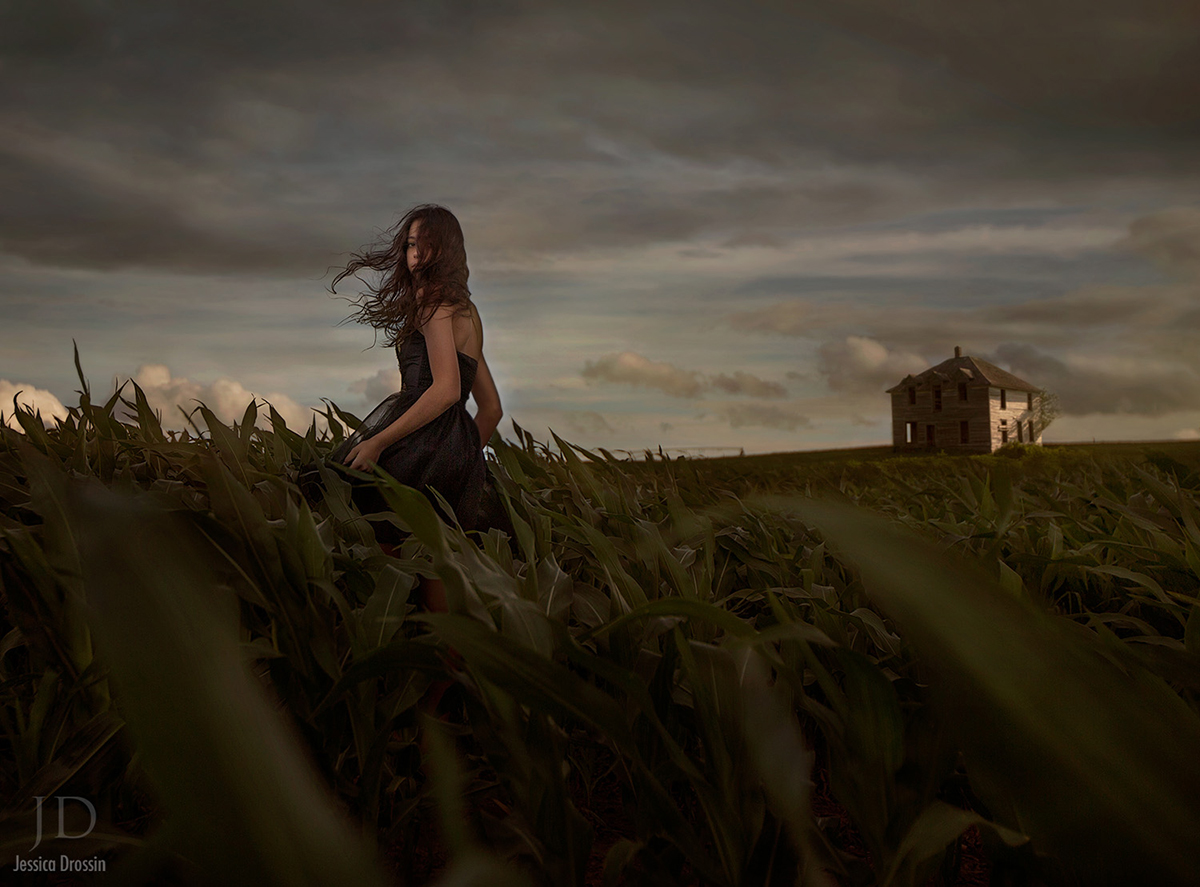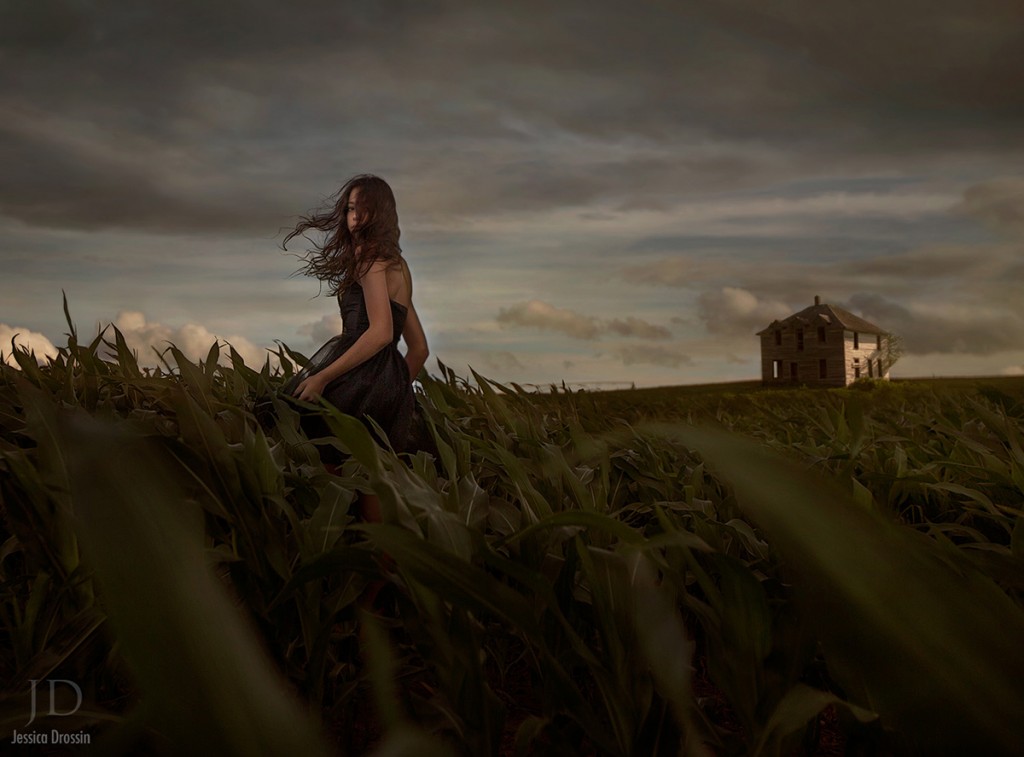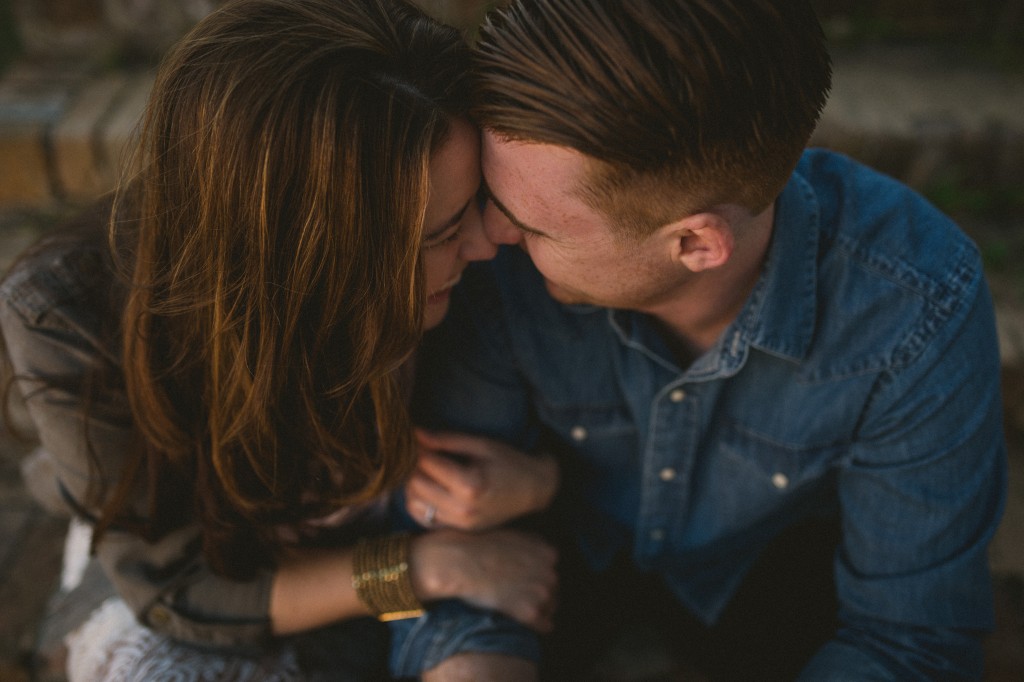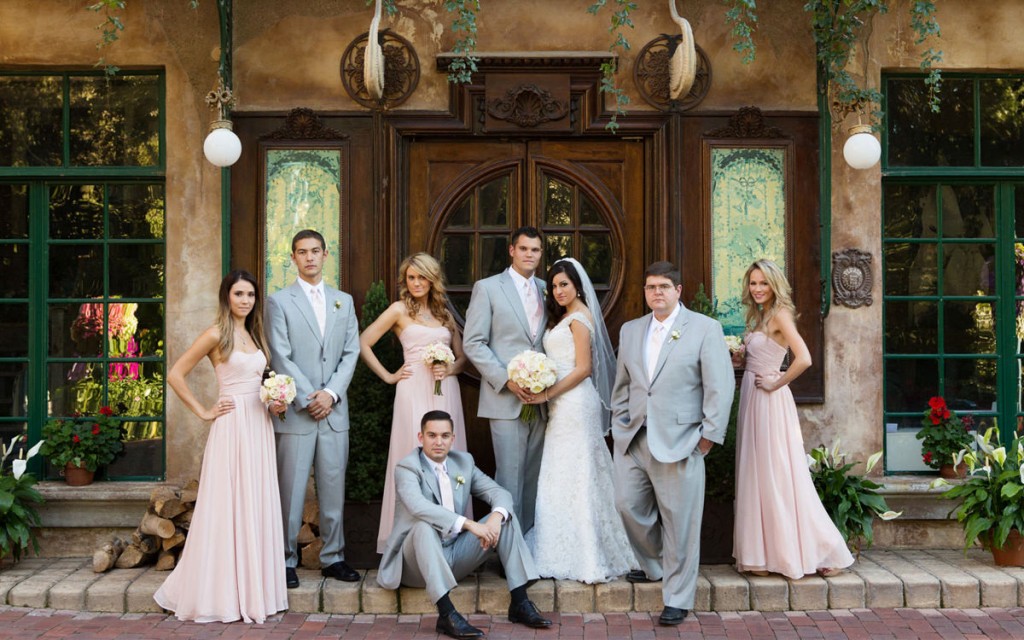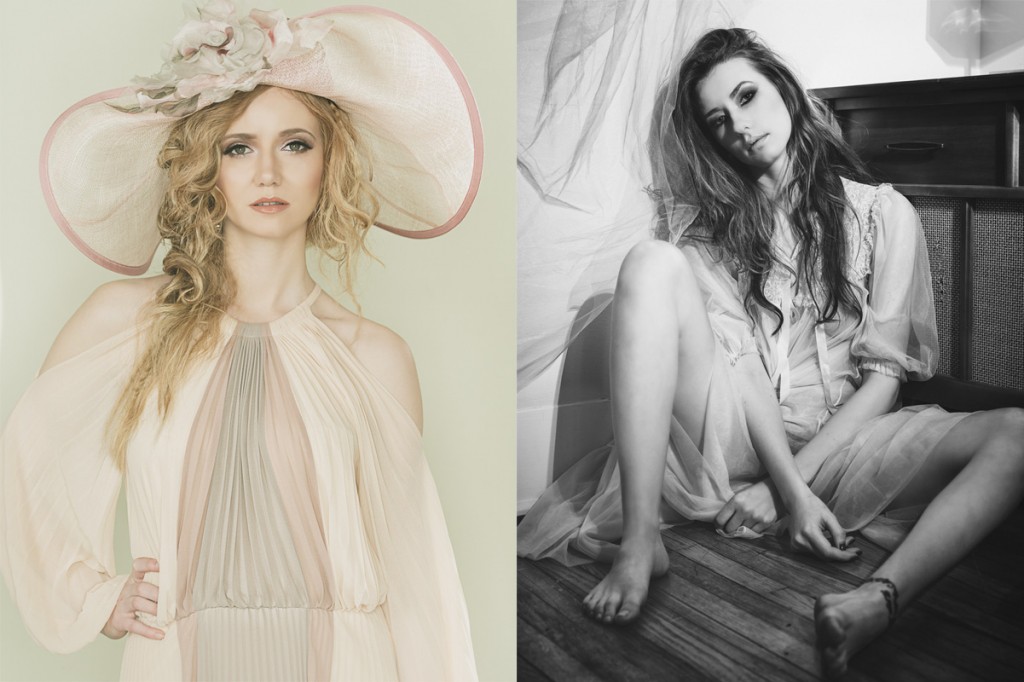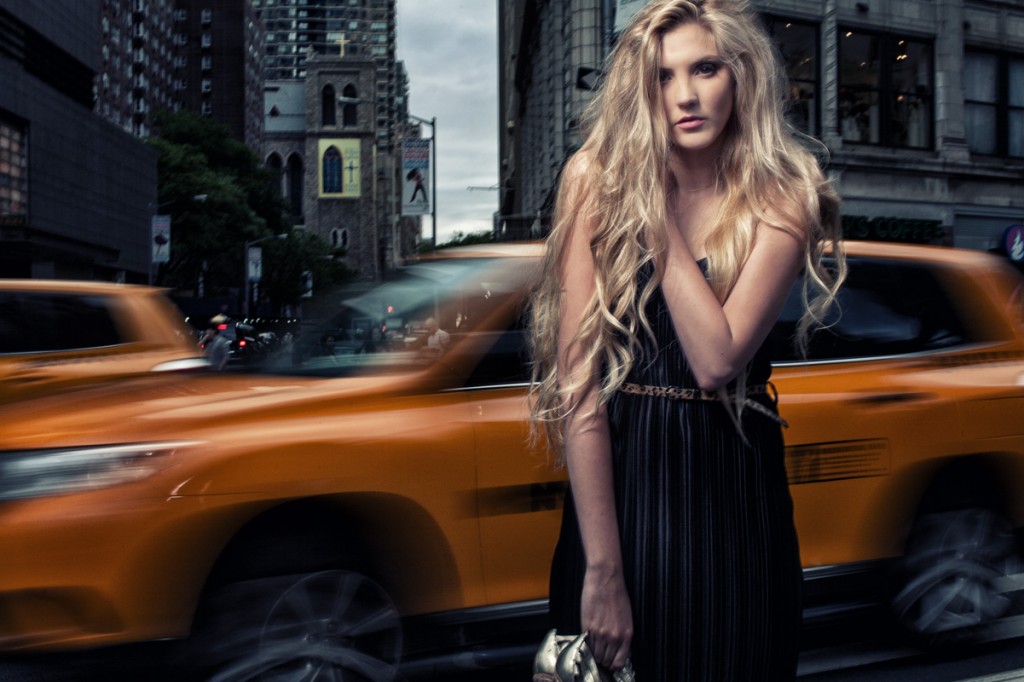“I find standing and posing for photos very awkward.” -Nicole Kidman
One of the biggest challenges for portrait photographers is working with subjects that are not models. This requires a unique set of skills based on experience and intuition.
There’s nothing worse than a subject that’s uncomfortable or starts the session by saying, “I take horrible pictures.” That discomfort can be readily apparent in the portrait. So, interact with them as if you’re already friends! I find this builds rapport and builds confidence that you are working to portray them in the best light possible (pun intended). Most professional photographers have a good understanding of the basics of posing. For instance, never posing someone square to the camera. Turn those shoulders and use those angles!
The Peter Hurley technique of accentuating a subject’s jawline (affectionately called “turtling” by non-Hurlenians) is one of my favorite techniques for headshots and business portraits. Mirroring is also a great way to help subjects understand what it is you want them to do. Having them copy what you do as if they were standing in front of a mirror. So, how about some cool tips that you may not have thought about? I reached out to some über-talented Fundy friends and asked about their favorite posing tips for photographers. Here is what they shared!
[vc_text_separator title=’Joe and Mirta Barnet’ title_align=’separator_align_center’ border=’no’ border_color=” background_color=” text_color=” icon_color=” icon=” image=” ]
“If you want to sell large wall prints and canvases, keep your subjects small in the frame.”
Large wall prints and canvases from portrait sessions and weddings are usually a combination of beautiful landscapes or cityscapes and small subjects. Our clients tell us that they’re not comfortable with life size images of themselves on the wall, but they love wall art that they happen to be a part of. So, unless you use a fisheye (usually not a good idea), how do you pose or direct your subjects from far away? I use my cell phone of course!
Read more on How to Direct Your Subjects from a Distance.
[vc_text_separator title=’Jessica Drossin’ title_align=’separator_align_center’ border=’no’ border_color=” background_color=” text_color=” icon_color=” icon=” image=” ]
More than anything, my goal is not to let my subjects get stiff on me. Nothing will save a photo that looks stiff. Most of the people I shoot are not professional models, and frankly, it’s an ongoing struggle to get shots that don’t look forced if I focus too much on trying to capture an exact pose.
I would rather have an imperfect pose than a stiff one, so I ask my subjects to move a lot to keep things fresh, if somewhat imperfect. In general, for anyone over age six, I ask them to sit with their hips angled back, legs behind them, leaning forward, shoulders to the camera. I find it to be much more flattering to use perspective to reduce the size of hips and legs while broadening shoulders and chest and subtly pulling the subject’s face into the foreground.
[vc_text_separator title=’Jamie and Heather Schneider’ title_align=’separator_align_center’ border=’no’ border_color=” background_color=” text_color=” icon_color=” icon=” image=” ]
Start by making sure you capture genuine connections with your subjects.
We feel very strongly that a less than perfect picture with a connection and emotional tie trumps a perfect shot that feels forced every time. When we try to put our subjects into precise poses they become stiff and it starts to feel almost like they know someone is watching them. We want our clients to feel like they’re the only two people left in the world. At that moment their attention should be on each other. It’s more natural that way!
When we have portrait sessions with our couples we have no plan. We just walk until inspiration tickles us in the special place. We don’t show up shooting. We hang out and just get comfortable for quite some time. We might even do a few throwaway shots. We know they’re not going to be anything special, but it gets the couple comfortable in front of the camera.
The only real direction we give them is this: we tell our grooms, “Touch her, pull her in, look at her. She’s yours.” We tell our brides, “Be his.” Every couple is different. Every couple has a unique way they show their love. We want to showcase their individuality. For some it’s full on passion, for others it’s a simple embrace or a gentle kiss on the neck.
We’re all about letting our couples be the best them they can be and not the one we think they should be.
[vc_text_separator title=’Brandon Burk’ title_align=’separator_align_center’ border=’no’ border_color=” background_color=” text_color=” icon_color=” icon=” image=” ]
Capturing a real, natural smile is one important aspect of a portrait. I have found that a smile tends to fade if it goes longer than one second. Often times when posing a subject I tell them they don’t need to smile until I direct them to. When I direct them to smile I try to make eye contact with them from behind the lens and capture the smile within the first second. I also give them time to reset their smile in between shots by commanding, “smile, no smile, soft smile, smile”.
[vc_text_separator title=’Michael Jurick’ title_align=’separator_align_center’ border=’no’ border_color=” background_color=” text_color=” icon_color=” icon=” image=” ]
When I’m out on a shoot, the first thing I like to do is have a team huddle. This little act gets everyone in the team spirit and it makes everyone feel like they’re part of the game. I usually crack a joke or make everyone feel pumped up to break the ice. Then as we’re shooting, I ask them to imagine their childhood and what their brother or sister looked like in the morning.
What did they look like when getting out of bed? Was their hair sticking straight up? Were they frumpy McGuillipants? How bad was their breath? Was their underwear sagging? That last one usually gets a great laugh and then the expressions, laughs, and smiles just flow. I can do this over and over by just adding a different family member to the cute and innocent visioning process.
[vc_text_separator title=’Chuck Arlund’ title_align=’separator_align_center’ border=’no’ border_color=” background_color=” text_color=” icon_color=” icon=” image=” ]
Have you ever considered the psychology behind where the camera is positioned when shooting a portrait?
Make your images instantly look bolder and more fashion-forward by where you position the camera. I started thinking about this back in the 90’s when my editor told me to make sure I photographed this CEO under his eyes. She said basically to make sure that the photo itself is looking back at the viewer and holds power over the viewer.
At the time I really hadn’t thought about the psychology behind this. You’ll almost always notice that in centuries-old paintings the portrait holds power over the viewer by looking down on them. Here is the catch and where most photographers make their mistake: it’s not just about getting lower than eye level, you need to have the lens parallel to the subject so the camera is not pointing up or down. It’s just under the eyes, but parallel so there is no foreshortening.
This is a tip you can put in your pocket to give a portrait authority, presence and power. I hope you try this and I bet many of you do this already and don’t realize exactly why certain images have a “fashion cover” look to them. Now you know.
